

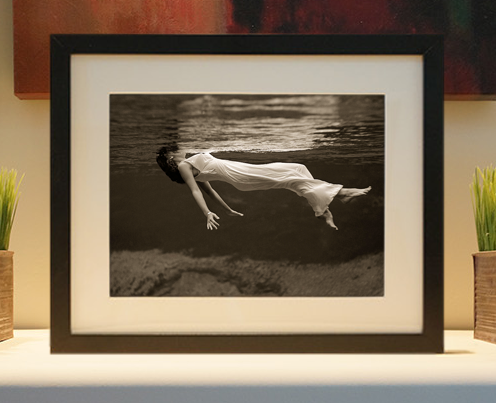
Framed or unframed, desk size to sofa size, printed by us in Arizona and Alabama since 2007. Explore now.
Shorpy is funded by you. Patreon contributors get an ad-free experience.
Learn more.

- The most dangerous fire escape I've ever seen
- Out of Place
- Sir Bedevere
- Witch way to the fire?
- Proud to be an old Coot
- That old scale
- Bowled Over
- Cat years?
- 'Why' Wyoming?
- His Master's Voice
- What! No dish under the skewer?
- Only in Hollywood?
- What's Up Doc?
- Destination?
- I'm pretty sure this was a voluntary program
- When I see chicken wire rabbit cages I think of three things
- The War Ears
- Eating the bunnies? Really?
- A love affair with a machine
- Hasenpfeffer
- Back support
- Hot type!
- Can you smell ... the news?
- Looking across the street and Flong
- Memories of my elderly hoarder neighbor
- Linotype in the Twilight Zone
- By Memory?
- Quiet place
- Line Of Type
- And no hearing protection
Printporium
Up the Avenue: 1912

Manhattan circa 1912. "Fifth Avenue at Forty-Second Street, New York." Looking north with the spires of St. Patrick's in the distance, as opposed to yesterday's view from 1916 looking south. 5x7 inch dry plate glass negative, Detroit Publishing Company. View full size.
1) A rolled-up umbrella. 2) A box from a bakery.
I really appreciate seeing pictures like this in such close detail -- feel like I can wander through them seeing new things in every square inch. (I see Alfred Hitchcock over there in the far right, under an awning, for example.)
Focus out, and the whole picture brings up new questions: so many people with so much business to do, men, women, sidewalks packed ... and very few are carrying anything much. This is so different somehow from today (thinking of the lack of shopping bags) that it seems like it suggests something obvious, at least at the high end: that department stores and other kinds of merchants commonly offered "delivery" (see the young boy with a light-colored box on the right sidewalk beyond the first light standard, who might be on such an errand) and that non-retail businesses employed couriers, as many do today.
[Or it could suggest Easter Sunday. DPC has a lot of Fifth-Avenue-on-Easter photos in the archive. - Dave]
What we don't see is people on the way to parking lots, arms full.
Shorpy pictures are fantastic for discovering invisible realities and unexplained rules that we hardly think of now (and we definitely have our own). This picture made me remember a conversation I had years ago with a lady whose father was Austrian, a dignified, professional fellow, as she described him. She told me that in Austria it was more than merely "understood", but rather an absolute social rule that a man in his position was never to be seen on a public street carrying any object except these: 1) a rolled-up umbrella (that is, one not in use) OR 2) a box from a bakery, clearly identifiable by its pink color and neatly tied strings. Otherwise, a gentleman strolled without encumbrances.
I imagine that was probably quite an old and accepted custom on a city street in that time and place ... and this picture isn't THEN nor THERE, BUT -- it's interesting to me that in my friend's father's time, to CARRY a thing in public was to be so carefully avoided, perhaps it looked like "trade"? (Not to mention that it risked looking like a normal person, juggling "stuff", instead of like a dignified professional fellow.)
On the other hand, if most people in this photograph arrived at commercial areas on foot, or by some form of public transport and THEN on foot -- maybe it's just practical: it doesn't seem unreasonable that businesses would presume that their customers on foot would appreciate "delivery" -- so it might have just been the expected outcome of a string of errands to collapse on the tufted divan at home, just as the purchases arrived.
Great picture!
Triple Extinction
Among the things gone since this 1912 NYC image:
Right-hand drive cars (Postal Service excluded)
Two-way traffic on Fifth Avenue
Folded newspapers in jacket pockets
man-HAT-tan
All of those heads -- men, women and a few younguns -- and not one bare skull that I can find. A modern urban image is very nearly the exact opposite.
Speaking of Spires
The skinny steeple across from St. Patrick's belongs to the Collegiate Church of St. Nicholas at Fifth and 48th Street, razed in 1949 to make way for the Sinclair Oil Building.
Temple Emanu-El
On the right, at the corner of 43rd Street, is the twin-towered facade of Temple Emanu-El, built in 1868 and demolished in 1927, when the congregation moved uptown to 65th Street and Fifth Avenue. This building was designed by Leopold Eidlitz in the Gothic Revival style, an unusual choice for a 19th-century synagogue.
Free for all, Good for all
There was an experiment done in the Netherlands where they removed all lane markings, crosswalks and cautionary signage from a city center. Average speeds went down, accidents went down and pedestrians were safer. Instead of "claiming their lane" or defending their "right of way," everyone actually had to pay attention to each other and act accordingly.





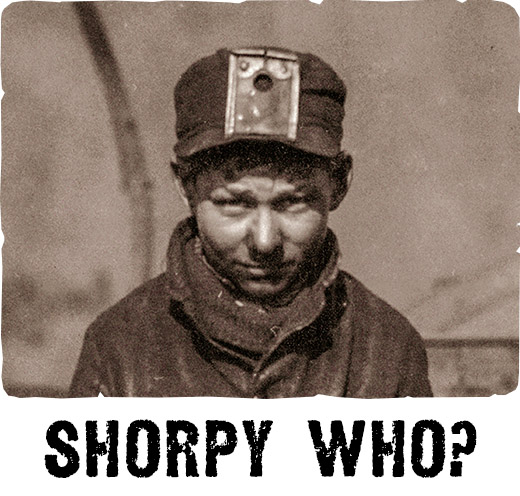
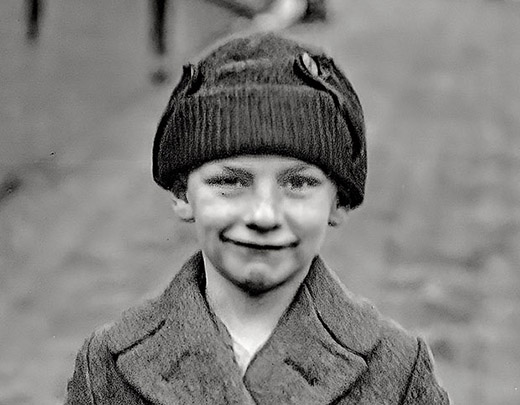
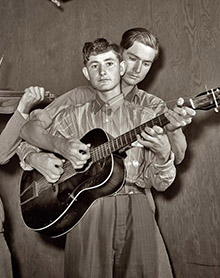
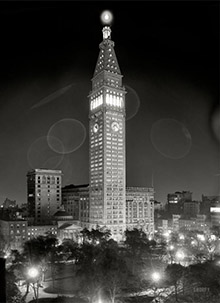
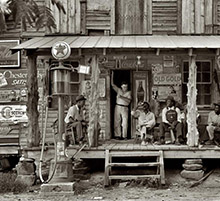
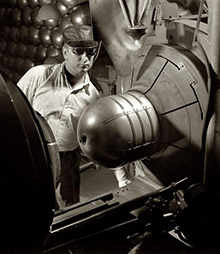
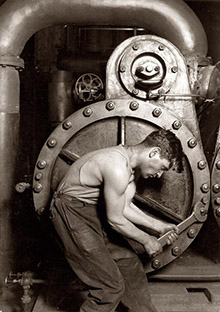
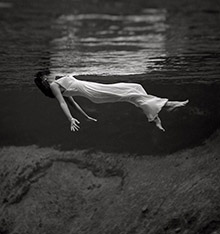
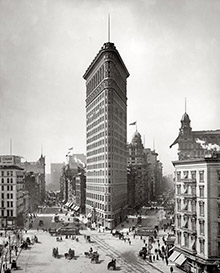

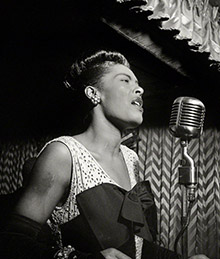
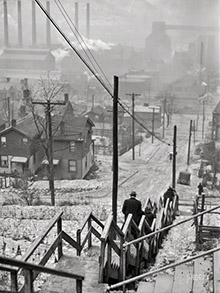
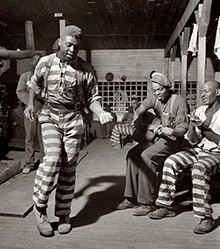

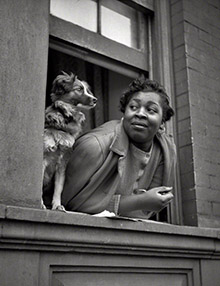
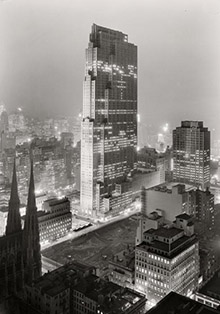

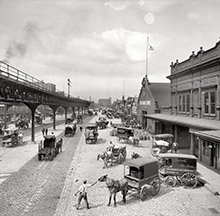
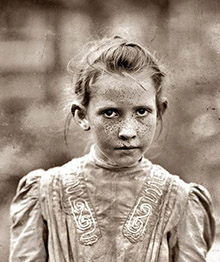
On Shorpy:
Today’s Top 5